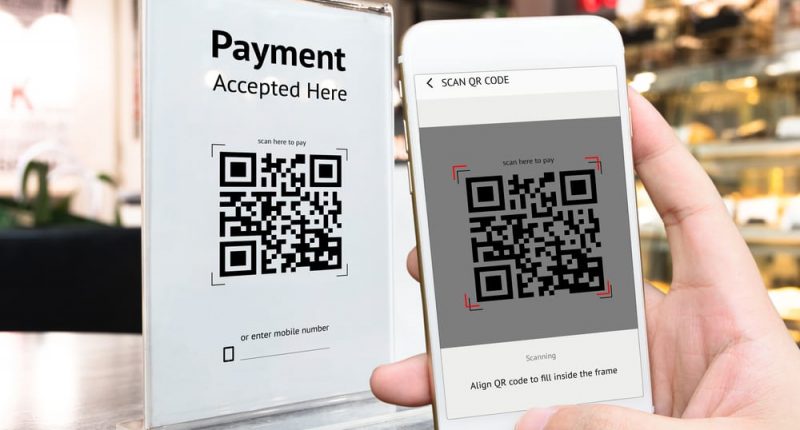While technology has improved and advanced as the years have passed, much of it has failed to trickle down to the peripheries and remains concentrated in the top-tier cities. This holds true especially for India, a majority of whose population continues to lag behind and are unable to get access to high-speed internet, tools of development, and other facilities enjoyed by urban areas.
The payments sector in India reflects this scenario – many Indian merchants and individuals continue to lack access to credit and loans and since cash is still dominant in the rural areas, are caught in a vicious circle. This is something the government (and private companies) have been working on in recent times, and this time, the government invited proposals and ideas from fintech start-ups and firms to expand digital payments to the semi-urban and rural areas.
The digital payments sector has grown by leaps and bounds over the past year due to the pandemic, and technology such as UPI revolutionized the payments sector. However, top-tier cities have been the ones to have gained the largest slice of the pie, while rural India continues to rely mostly on cash (despite what advertisements keep telling you).
According to the government, which recently launched the new “Account Aggregator” system to democratize credit and make it available to the majority across the country, it is looking for technologies such as solutions for digital payments using feature phones, voice-based digital payments solutions using mobile phones, and helping users make online transactions and payments in local languages. It added that these areas needed a new, innovative approach.
“There is a need to accelerate the adoption of digital payments across the country,” the Ministry of Electronics and IT said.
Additionally, the government aims to involve disabled people and women in getting used to and accepting digital payments, as well as expanding its use and bridging the prevalent digital gaps in Tier III cities and areas such as Jammu and Kashmir, Ladakh, and the North-East. The presence of the digital gap in these areas can be attributed to a number of factors such as demographics, awareness, and the challenges of the availability of the internet.
The final date to submit the proposals was September 15, and the shortlisting process has begun. The best project ideas to be submitted will be funded by the government.
